There is nothing more old-fashioned or important to sustainable living than being on a budget (living within our means). My wife and I have struggled to get on a family budget for years now. We are not extravagant spenders, but we are typical Americans who like to eat out occasionally, buy our kids stuff, have decent cars, and vacation a couple of times a year. Our budgeting process has allowed us the opportunity to prioritize what is important to our family, as we allocate our limited funds. I won't discuss how to get on a budget as that has been written about by many more qualified people than me. I want to share all the additional benefits of being on a budget that have been a pleasant surprise for our family. At first it was a struggle to limit ourselves and control our spending urges, but with time, we realize that being on a budget is beneficial to us in many ways non-fiscal. Fiscal responsibility has led us to be more physically active, spend more time together as a family and limit our unhealthy habits.
Lord knows that staying out of the bars and consuming less alcohol is good for any marriage/family/liver. I will still do an occasional happy hour with friends, but the bartenders no longer know me by name. One thing that I need to figure out is how to get my friends to do healthy activities with me that do not involve sitting around drinking beer. Either that or I need to get some new friends that are also on a budget. I have never been a smoker, but I am amazed at how many people waste a huge chunk of change on cigarettes every day. How many smokers could save thousands of dollars a year by not smoking? Do I need to mention that this is also healthy for your body? I was buying three gas station sodas a day when my debit card was wielded freely. I was consuming about 1000 calories of sugar water and who knows what other chemicals. Even diet soda is a huge waste of money and has all kinds of chemicals and artificial sweeteners that can't be good for me. Now when I need a caffeine boost, I have iced tea.
A quick analysis of our spending clarified that we were spending too much on eating out. I would eat out nearly every day at work and our family would eat out several nights a week in the evenings. Now I bring my lunch to work. A couple of sandwiches, fruit and yogurt is so much better for me than a burger and fries. I have lost 10 pounds. Our family is way more healthy eating at home in the evenings. An additional benefit is time together as a family at the dinner table each night.
We were spending $60 a month on Satellite TV. That's $720 a year. That is just about the cost of the tree house I am building with my son. We have found the library again and it is still free. We read books instead of wasting time with a Nintendo or X-box. It is sad how many kids waste their lives playing video games when there is so much beauty out there to be explored.
Being on a budget has forced us to limit our consumption. Birthday presents are less expensive and fewer than pre-budget years. My wife is not a shopper (thank God), but our kids have gotten caught up in the Webkinz craze, and they have way more toys and clothes than they could ever use. It seems like our family used to spend our weekends shuffling stuff around our garage and/or storage room or picking up the house with all the clutter we used to buy for the kids. Now our home is manageable because we have less stuff. Extra stuff is a waste of time. Simplicity is not items to buy to organize your life, it is simply having less stuff.
When gas was over $3 per gallon, I tried to become a bicycle commuter. I really enjoyed the few times I biked to work and may try to become a regular bicycle commuter in the future, but the twenty mile round-trip was more than I can handle at this time, mostly due to time constraints and kids activities after school. For people who live closer to their work, I would highly recommend this healthy way of saving money. It makes you feel like a kid again.
Vacations are closer to home which helps us support the economy of our own state as opposed to a trip to
Our mental health is better now that we know we are not adding to our overall debt and we are actually whittling away at it. I can't imagine how amazing it will feel to have a debt free family. Also, I am happy that we are teaching our kids about trade-offs, that they can't have everything they want, and I think they will grow up to be responsible adults with the teachable moments living on a budget provides.
When we first started our budget it became very apparent that we would not be able to entertain in the fashion most of our friends had become accustomed to. Nice bottles of wine, steak and cocktails are expensive. You really get to know who your true friends are when you host with chips, salsa and Bud Light. To be quite honest, I think a lot of people find it refreshing when one couple frees a group of friends from the high standard of expensive entertaining and our friends get together more often now that it is a low brow affair. Most people are in a similar financial situation, entertaining like they have more money than they actually do, and find it refreshing when someone has the courage to lower the standard. Who are we trying to impress anyway? These are supposed to be our friends.


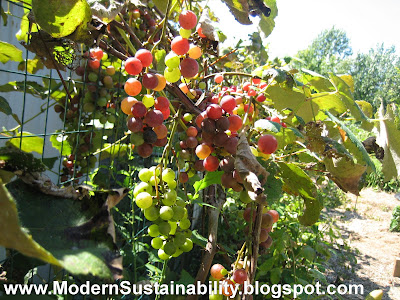

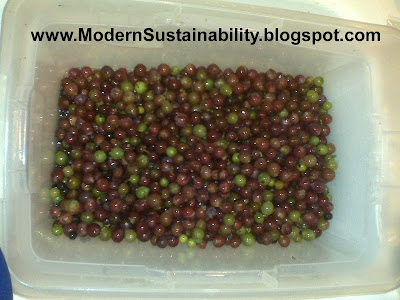



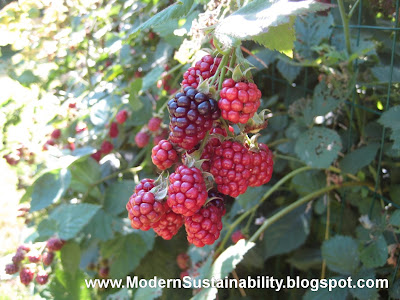
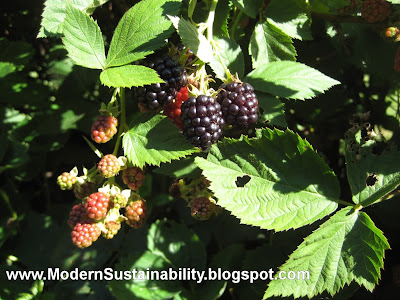




.jpg)
.jpg)

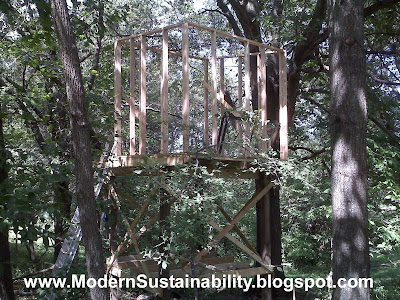.jpg)
.jpg)
.jpg)
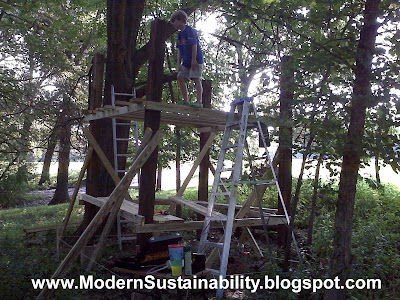.jpg)
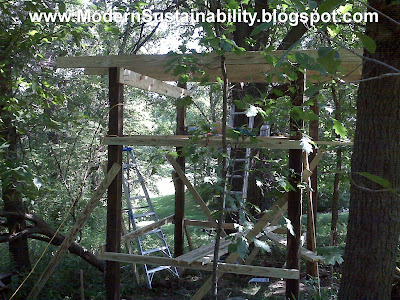.jpg)
.jpg)
.jpg)
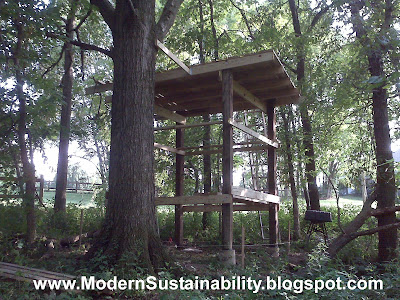
.jpg)
.jpg)
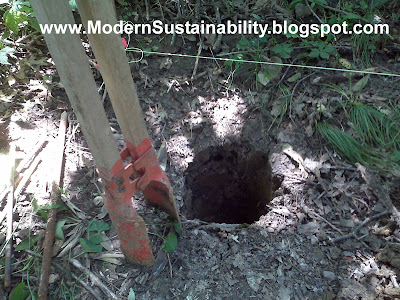.jpg)
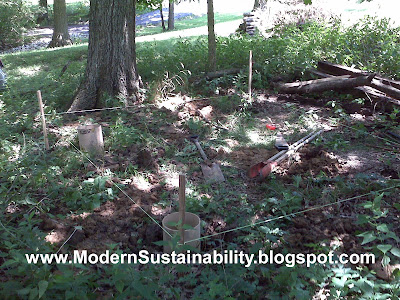
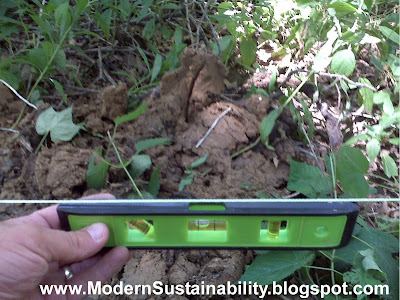.jpg)
.jpg)
.jpg)
.jpg)
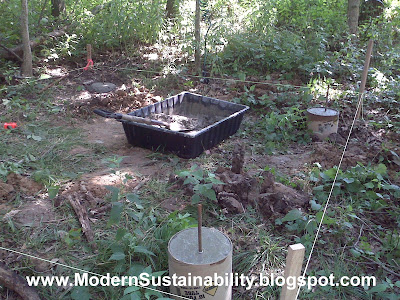.jpg)
.jpg)





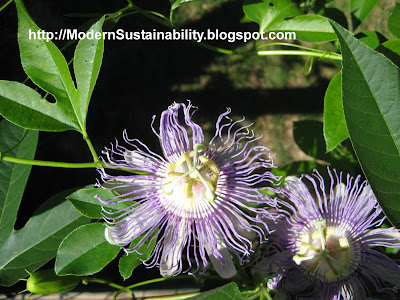
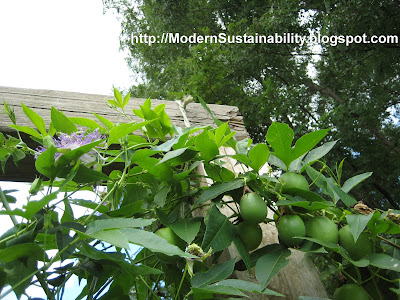


a.jpg)

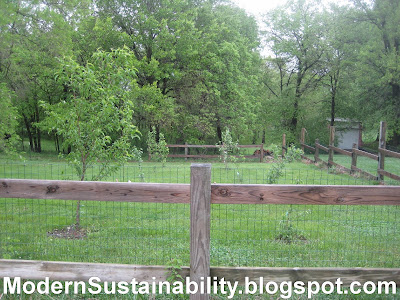a.jpg)

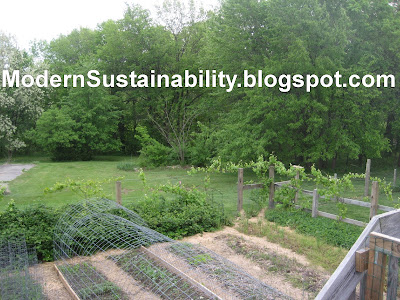

a.jpg)
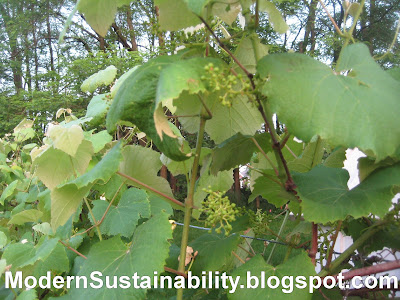




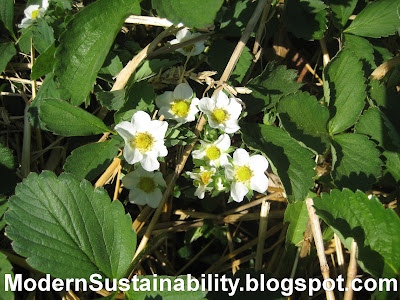




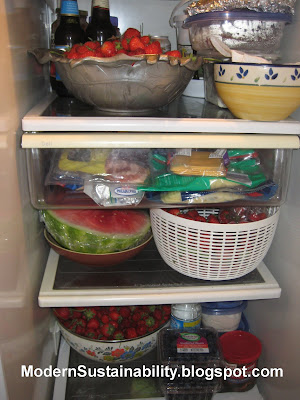


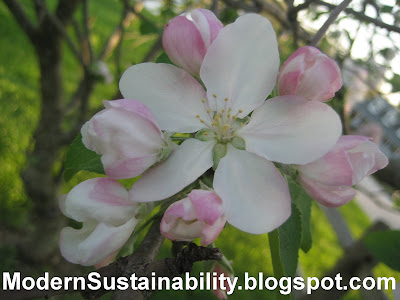a.jpg)